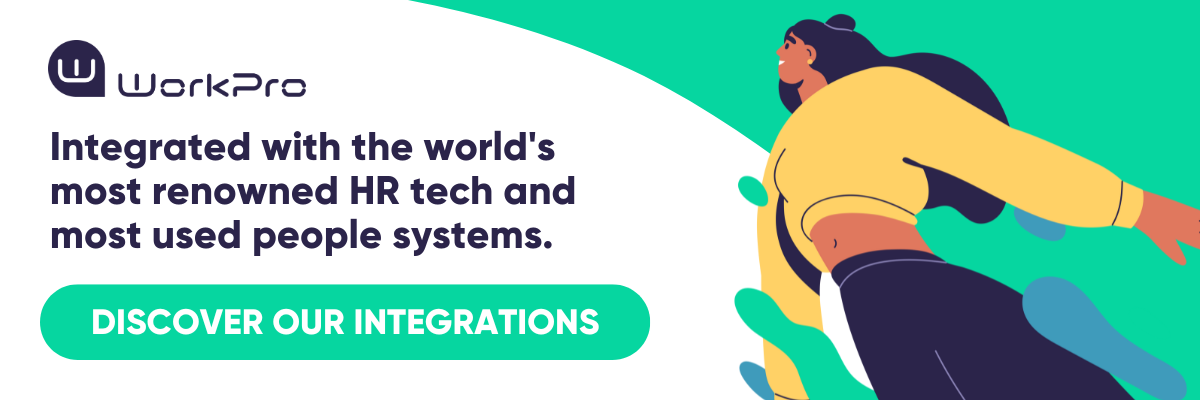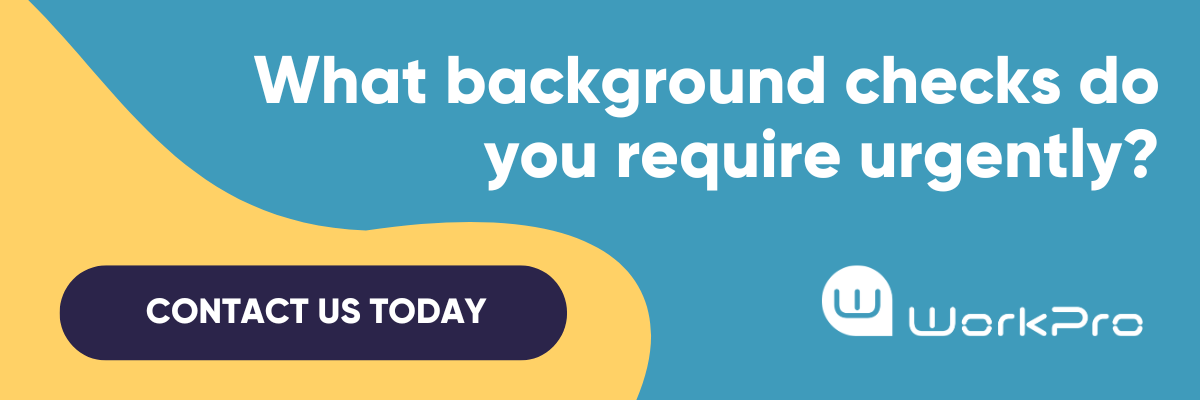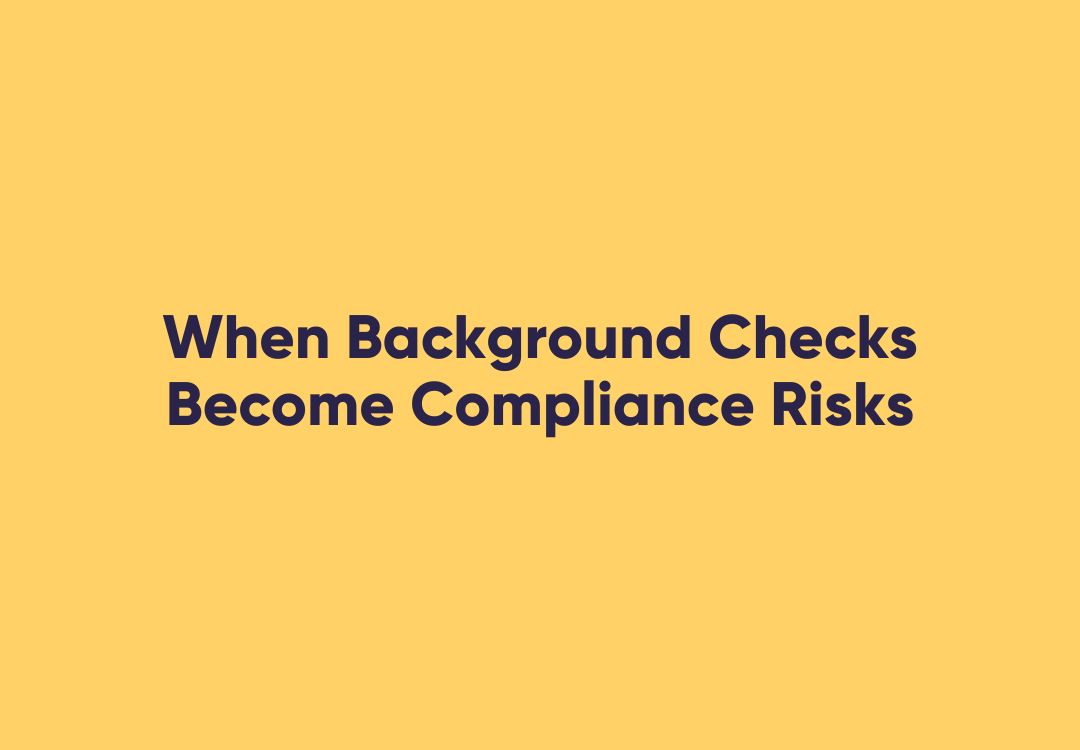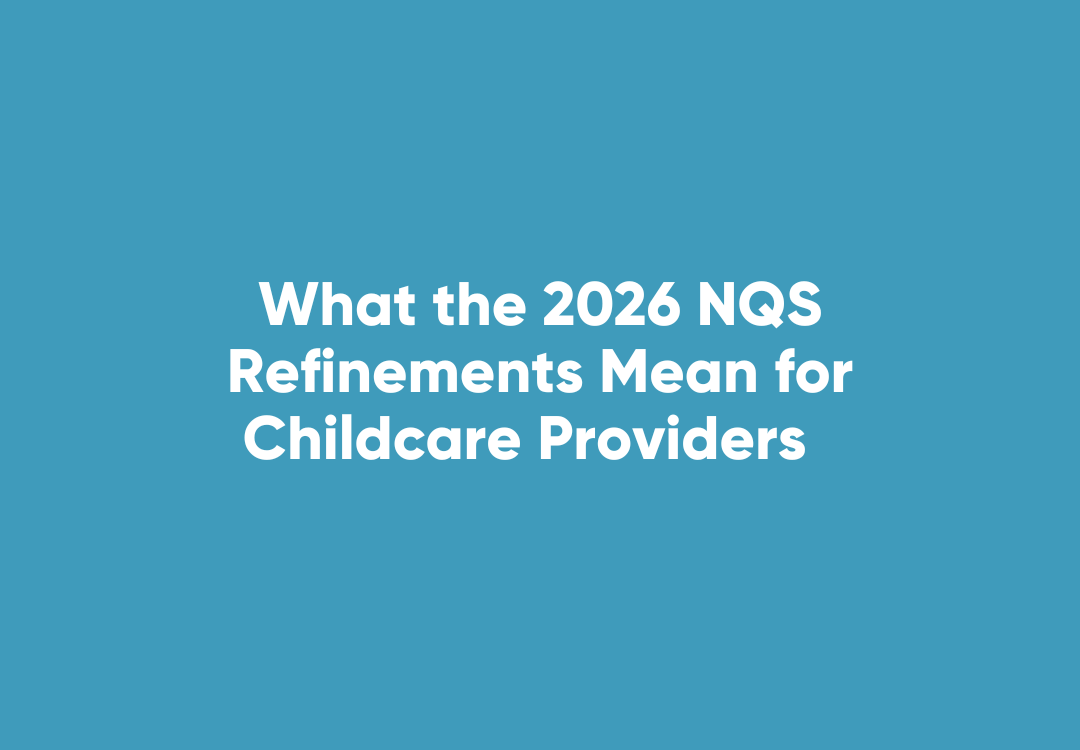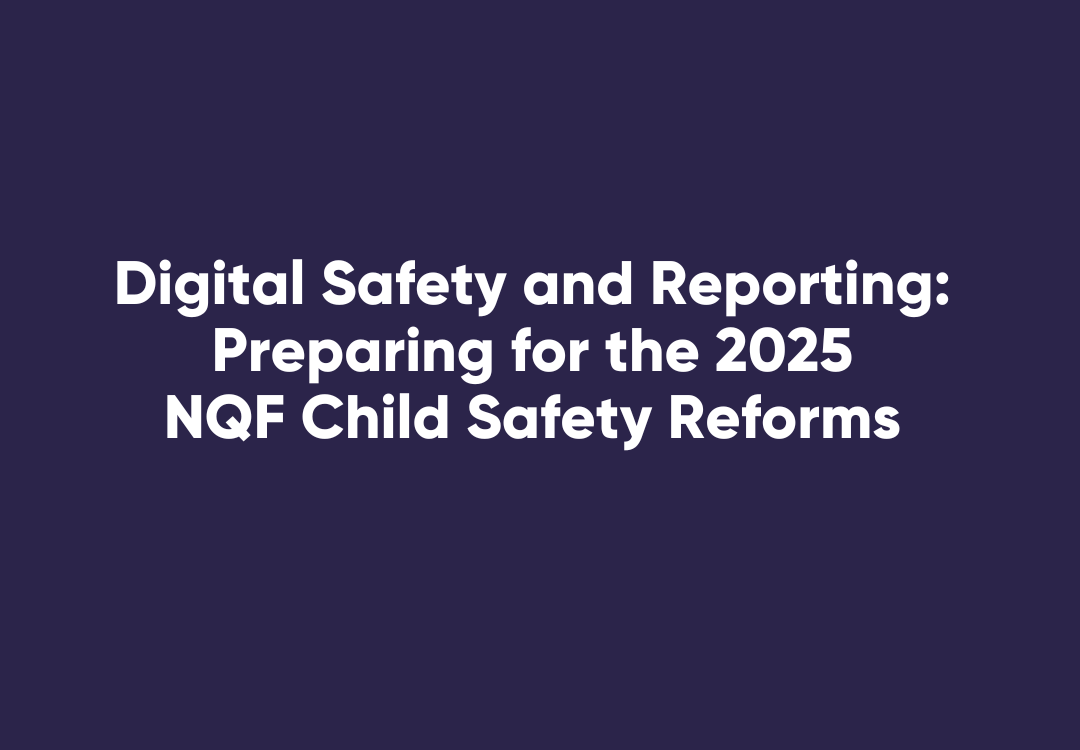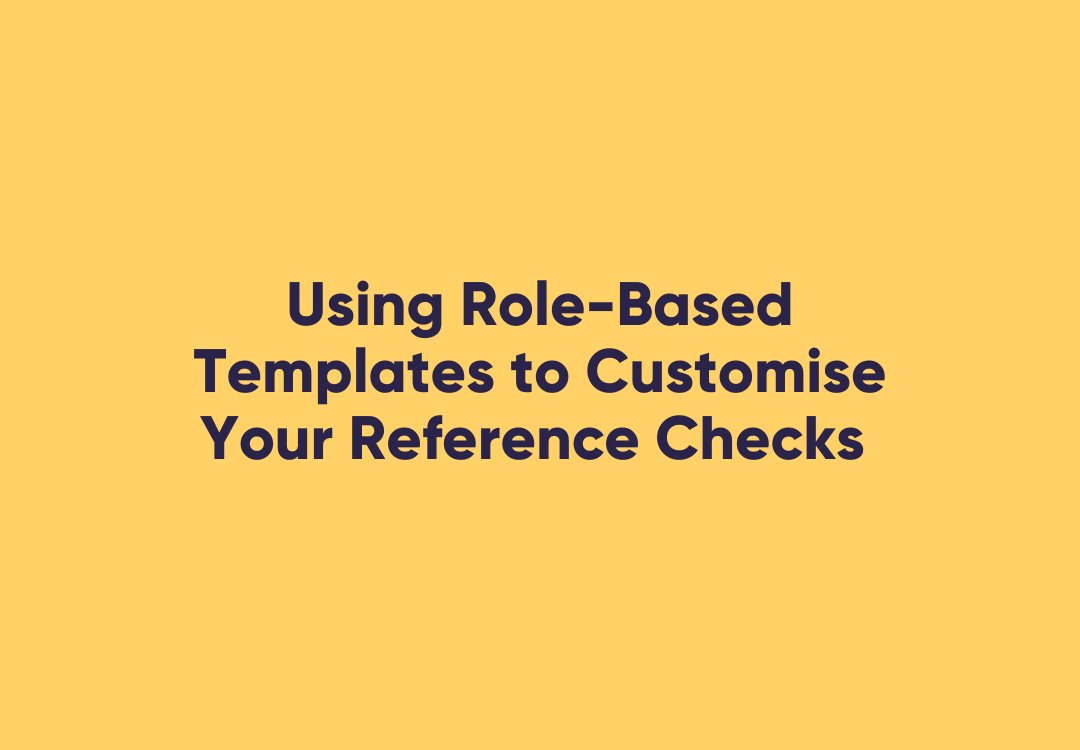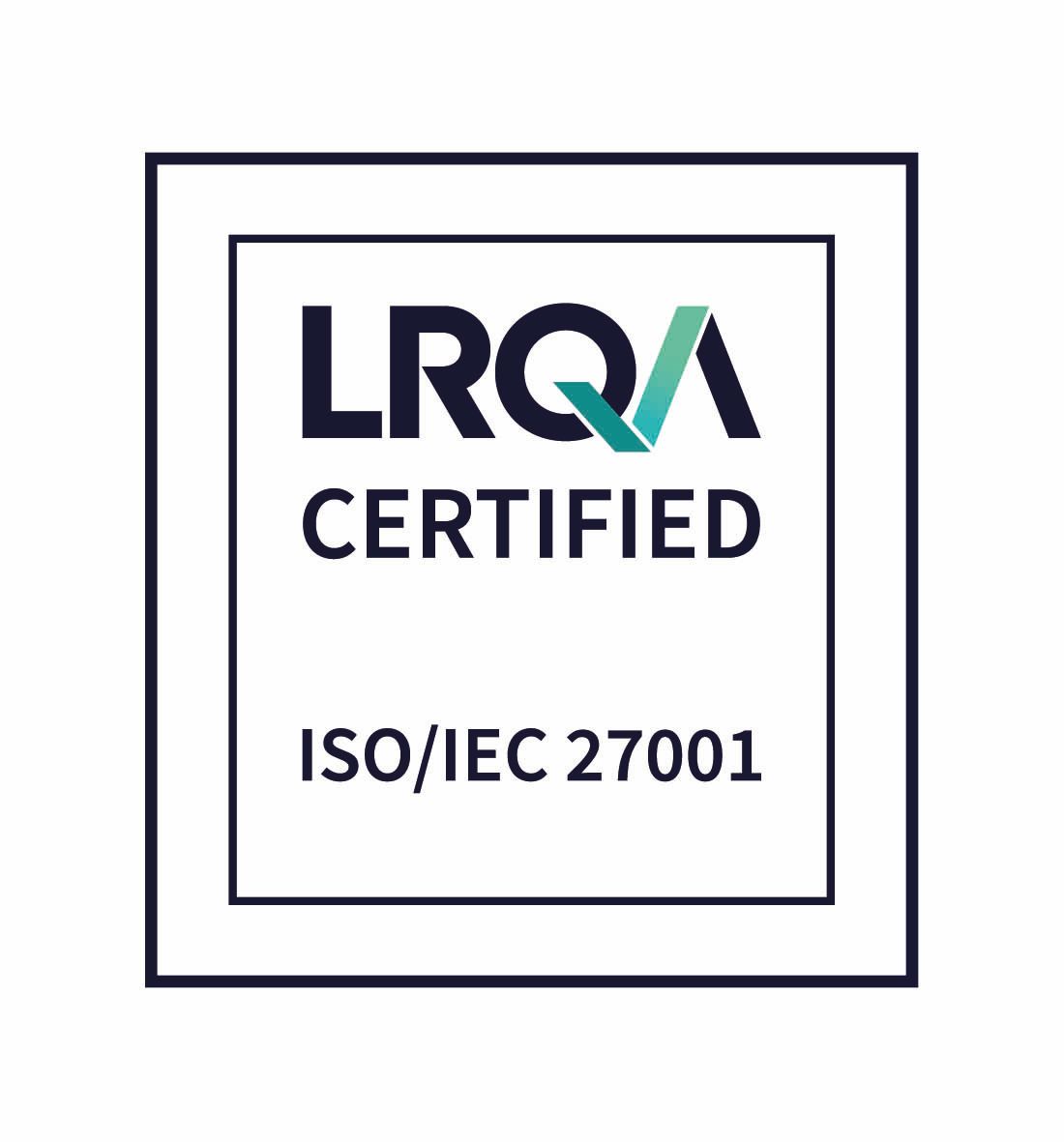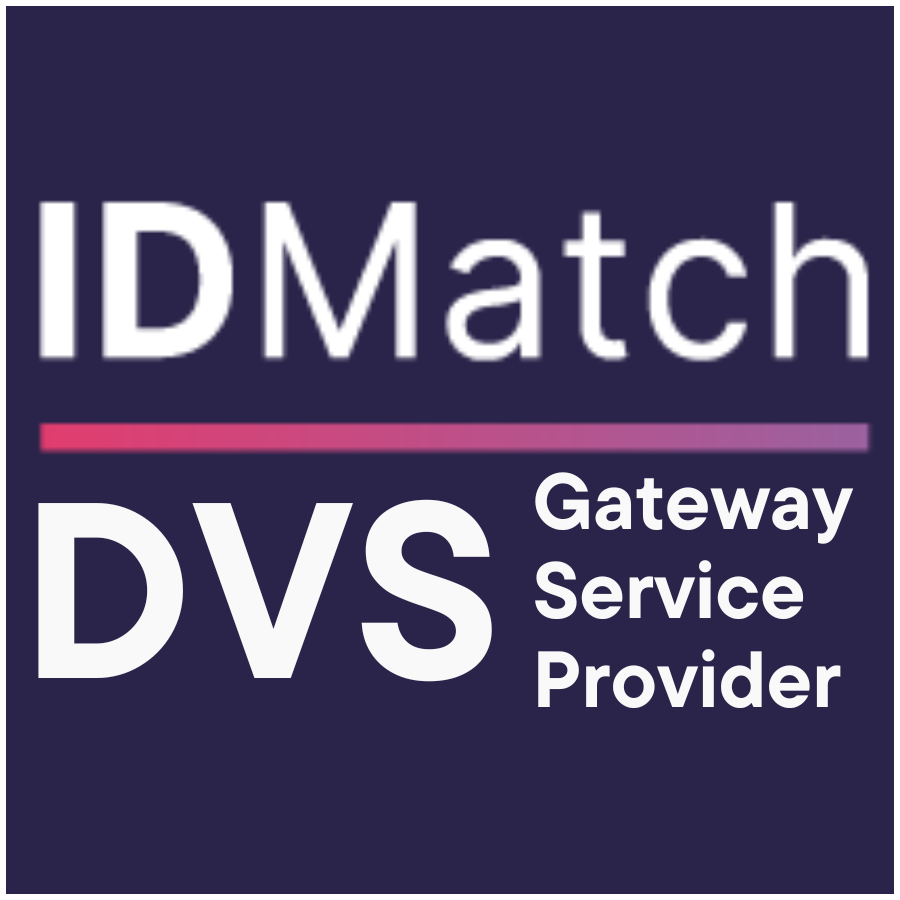WorkPro + Workato: Why HR Teams Need Compliance Automation
WorkPro + Workato: Why HR Teams Need Compliance Automation
HR leaders are investing heavily in automation, streamlining onboarding, payroll, performance, and more. Platforms like Workato are central to this transformation, enabling seamless workflows across multiple HR tools. But there's one area many still manage manually: compliance.
From right-to-work checks to background screening, many businesses rely on emails, spreadsheets, and standalone platforms to manage these legally critical tasks. The result? Delays, admin burden, and increased risk.
WorkPro’s integration with Workato solves this. By embedding compliance automation directly into your HR workflows, you can reduce admin, ensure accuracy, and stay audit-ready, without leaving your connected tech stack.
What is WorkPro’s Workato integration?
WorkPro’s Workato integration allows background checks, right-to-work verification, and document compliance to be triggered automatically within your existing HR workflows.
To improve speed and consistency, the integration syncs compliance data with onboarding systems, recruitment software, and payroll platforms, ensuring no critical step is missed.
Automation Without Compliance? It’s a Missed Opportunity
If your organisation uses Workato to integrate tools like Onboard Express, CTC People, or PowerHouse Hub, you’re already ahead of the game. But if compliance checks are still handled manually, you're introducing risk into an otherwise modern system.
Common problems include:
- Delayed onboarding due to missing police checks
- Manual entry errors in work rights tracking
- Poor visibility over compliance progress
- HR teams juggling multiple platforms just to stay compliant
Now imagine a different scenario:
- A candidate accepts an offer
- Workato triggers WorkPro to initiate background screening
- Compliance data flows into your onboarding system and HRIS
- Alerts notify you of missing or expiring documents - all automatically
Why Compliance Should Be Built Into Your Automation Strategy
Modern HR systems should do more than move data - they should manage risk, reduce admin, and ensure legal compliance.
Challenges of Manual Compliance:
- HR data silos between recruitment and payroll systems
- Delays caused by chasing documents
- Reactive compliance management (only fixing issues when flagged)
- Inconsistent tracking of licences and background checks
WorkPro + Workato Fix That:
✅
Automated screening workflows triggered by candidate status
✅
Real-time compliance data sync with onboarding and HR systems
✅
Expiry tracking and alerts for time-sensitive documents
✅
Reduced admin load for compliance and HR teams
✅
End-to-end recruitment process integration - from offer to onboarding
WorkPro: Compliance Automation That Works With Your HR Tech
WorkPro’s flexibility allows it to integrate with the platforms you already use, especially when powered by Workato’s automation engine.
Compatible With:
- Onboard Express
- CTC People
- PowerHouse Hub
- Any platform connected through Workato’s ecosystem
Automation Without Compliance Is Only Half the Job
HR teams are transforming how they work - adopting automation to improve efficiency, accuracy, and scale. But compliance must be part of that evolution.
With WorkPro + Workato, you can embed automated compliance checks into your existing workflows, eliminating manual admin, reducing legal risk, and improving the employee onboarding experience.
Explore how WorkPro integrates with Workato to future-proof your recruitment and HR operations - seamlessly and securely.


